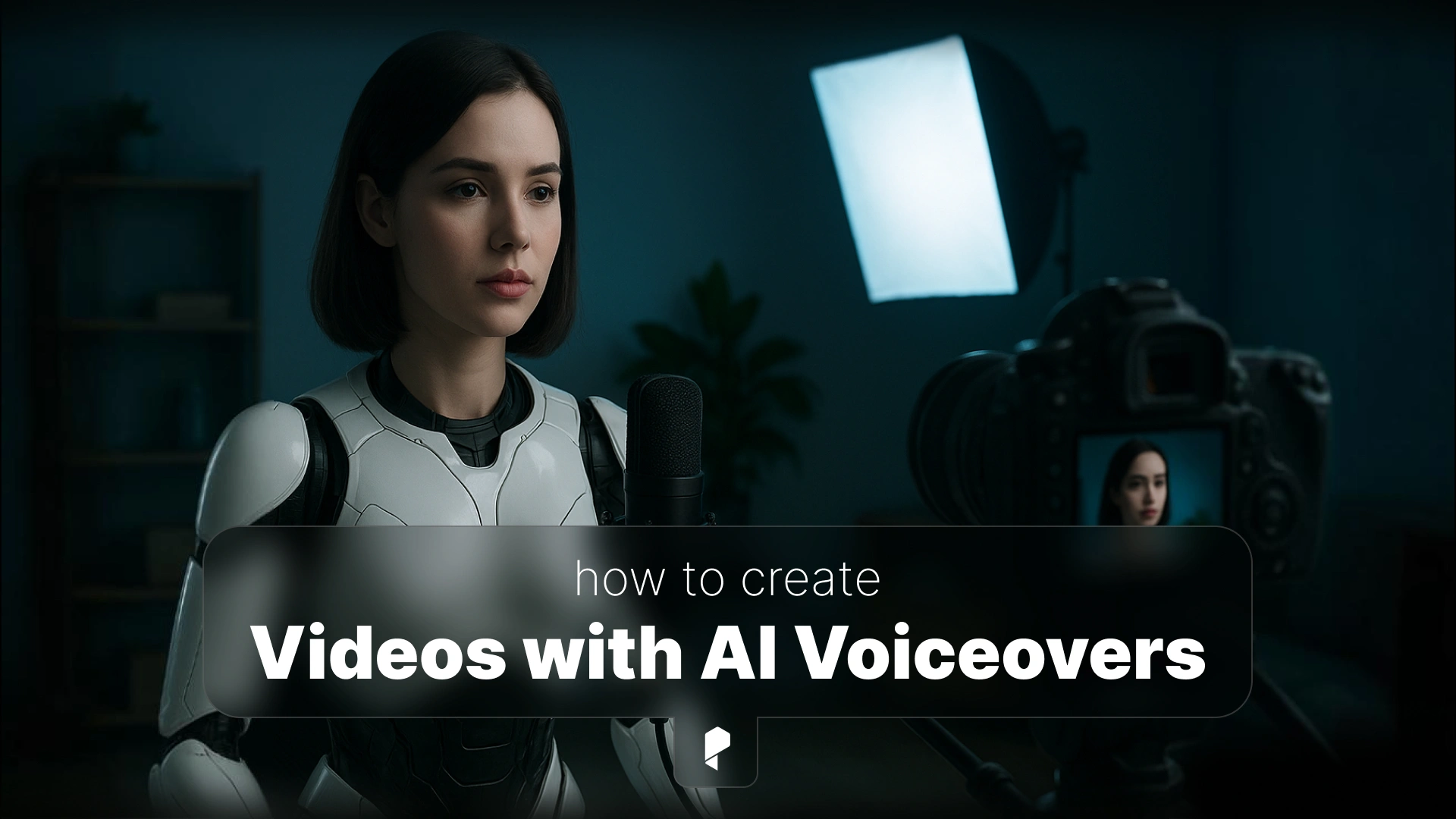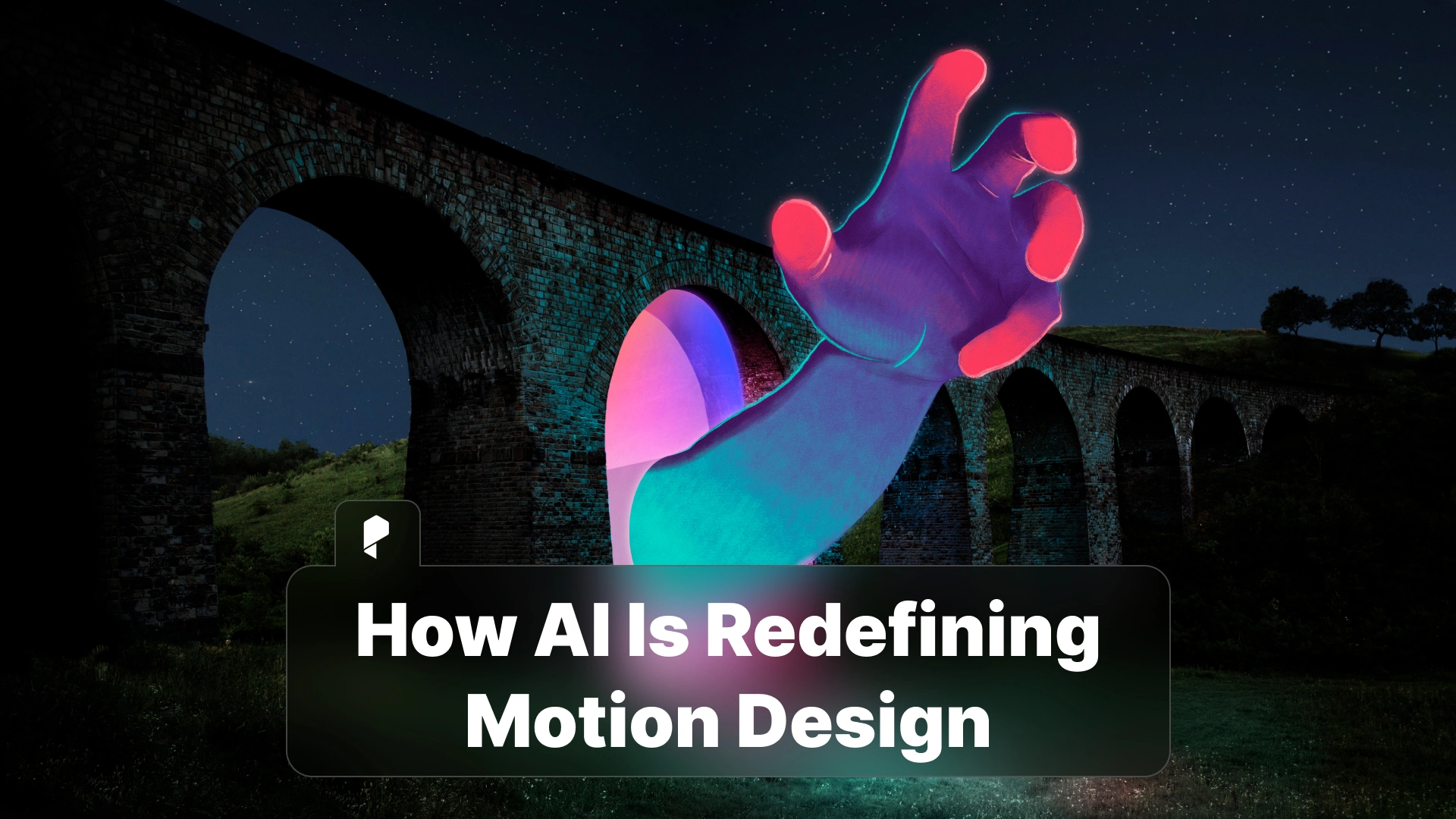How to Create Stunning Videos with AI Voiceovers

That’s where AI voiceovers come in. Instead of setting up a studio or hiring a voice actor, you can now generate natural-sounding narration in minutes. This technology makes video production faster, more affordable, and accessible to creators at every level. If you’re wondering how to create videos with AI voiceovers, this step-by-step guide will walk you through the process.
Why AI Voiceovers Elevate Video Production
Traditionally, achieving this required professional voice actors or expensive recording setups. But today, AI voiceovers for marketing videos, tutorials, and even YouTube content make narration available to anyone. With just a script, you can generate high-quality audio that feels polished and professional.
What makes AI especially powerful is its scalability. Whether you’re producing one explainer video or hundreds of product demos, AI narration gives you the flexibility to keep up without breaking your budget. For a full overview of how this technology works, check out AI Voiceovers: The Complete Guide.
Choosing the Right AI Voiceover Tool
- Realism: Voices should sound natural, not robotic.
- Multi-language support: Crucial if you’re localizing videos for global audiences.
- Ease of use: A clean interface that doesn’t slow you down.
- Editing features: Options to adjust tone, speed, pitch, and add pauses.
There are dozens of tools available, but some stand out for their versatility and output quality. We’ve reviewed the most reliable options in our guide to the Best AI Voiceover Tools in 2025.
And if you’re ready to experiment right away, try Pixflow AI Voiceover. It’s designed for seamless video production with AI voices.
Professional Video Templates
Writing an Effective Script for AI Narration
AI can save time, reduce costs, and maintain quality without replacing human ingenuity. For example, global companies use AI to quickly localize campaigns for different markets or produce internal training material. Things that would take far longer with only human voice talent.
This shows that AI isn’t just for low-budget projects, it’s a strategic tool for creators of all sizes. Learn more about the Benefits of AI Voiceovers for Content Creators.
Generating and Exporting Your AI Voiceover
- Paste your script into the AI voiceover tool.
- Select a voice that matches your content style (e.g., energetic, professional, friendly).
- Preview and adjust pacing, pitch, or emphasis until it feels natural.
- Export the final file. Common formats include MP3 for flexibility and WAV for high-quality editing.
With tools like Pixflow AI Voiceover, this workflow is intuitive and takes only a few minutes. Once exported, your audio is ready to sync with your video editing software.
Syncing AI Voiceovers With Your Video
- Import your audio file into Premiere Pro, After Effects, Final Cut, or DaVinci Resolve.
- Align the narration with scene changes so the pacing matches your visuals. For example, if a product feature appears on screen, the corresponding narration should begin at the same time.
- Fine-tune timing by adjusting clip lengths or adding pauses between sections.
- Add subtitles for accessibility and improved engagement, especially on platforms like YouTube.
If you’re curious about practical workflows, check our guide on how to use AI voiceovers in Premiere Pro and After Effects. It covers timing, syncing, and export best practices.
Creative Techniques to Make Videos Stand Out
- Combine with music and sound effects: Background music sets the mood while narration drives the message.
- Use multiple AI voices: Great for dialogue, interviews, or role-playing scenarios in storytelling videos.
- Match tone to content type:
- Marketing videos: Persuasive and energetic.
- Tutorials: Calm, step-by-step, and clear.
- Storytelling or vlogs: Conversational and relatable.
These creative touches transform your video from simple narration to a stunning production with AI voices that feels professional and engaging.
Common Mistakes to Avoid
- Relying on default robotic voices: Always preview and fine-tune for natural pacing.
- Ignoring context: Ensure narration matches visuals and doesn’t feel out of place.
- Overloading the video with narration: Silence can be just as powerful as spoken words, leave breathing space for visuals and music.
By avoiding these mistakes, your video production with AI voices will feel polished and intentional, not rushed or artificial.
For more practical insights, check out our post on the Benefits of AI Voiceovers for Content Creators.
Inspiring Use Cases
- YouTubers scaling content: Faster production without needing to record voiceovers daily.
- Marketing teams creating localized ads: Generate multiple language versions of a campaign instantly.
- E-learning platforms delivering training: Offer multilingual voiceovers for global learners without hiring multiple narrators.
These examples show why creators across YouTube, marketing, and education are embracing AI voiceovers for marketing videos and tutorials. For misconceptions around the tech, see our guide on Myths & Misconceptions About AI Voiceovers.
Final Thoughts
Now that you know how to create videos with AI voiceovers, it’s time to experiment. Start with a simple project, refine your workflow, and then scale your creativity.
👉 Ready to bring your videos to life? Try Pixflow AI Voiceover and see how effortless professional narration can be.
If you buy something through our links, we may earn an affiliate commission or have a sponsored relationship with the brand, at no cost to you. We recommend only products we genuinely like. Thank you so much.








